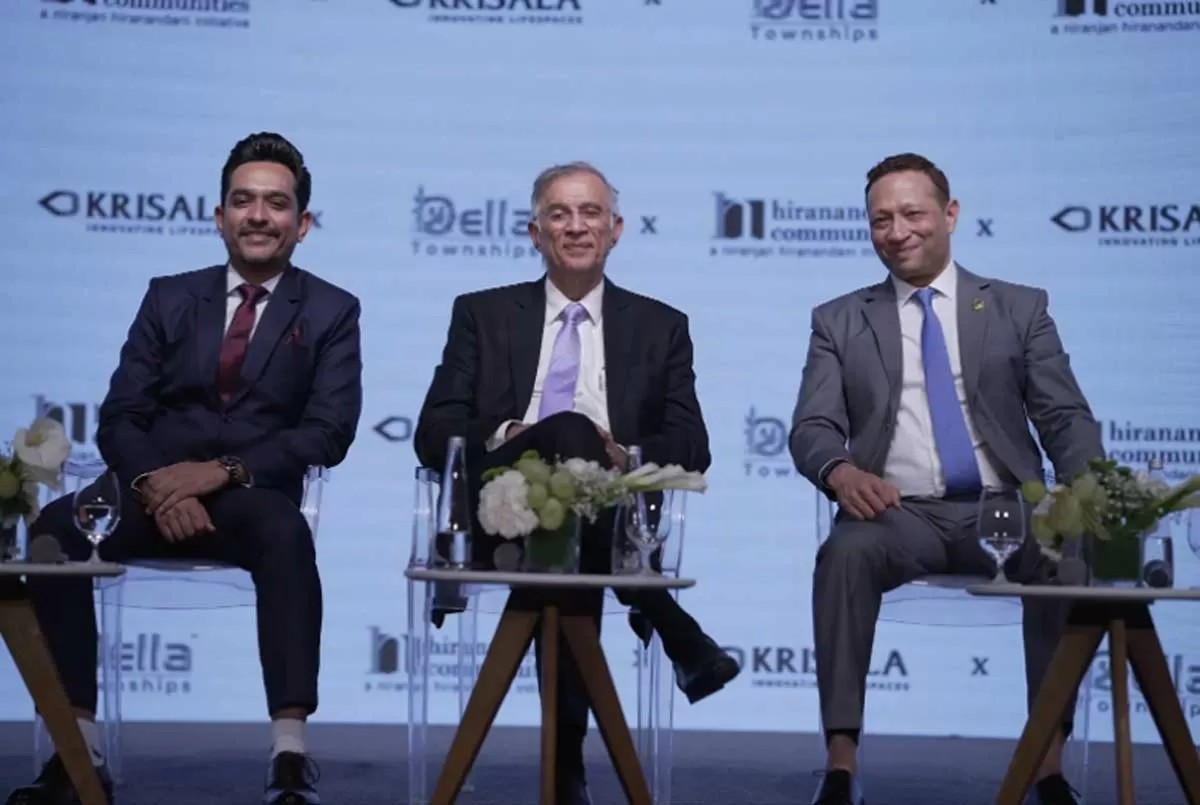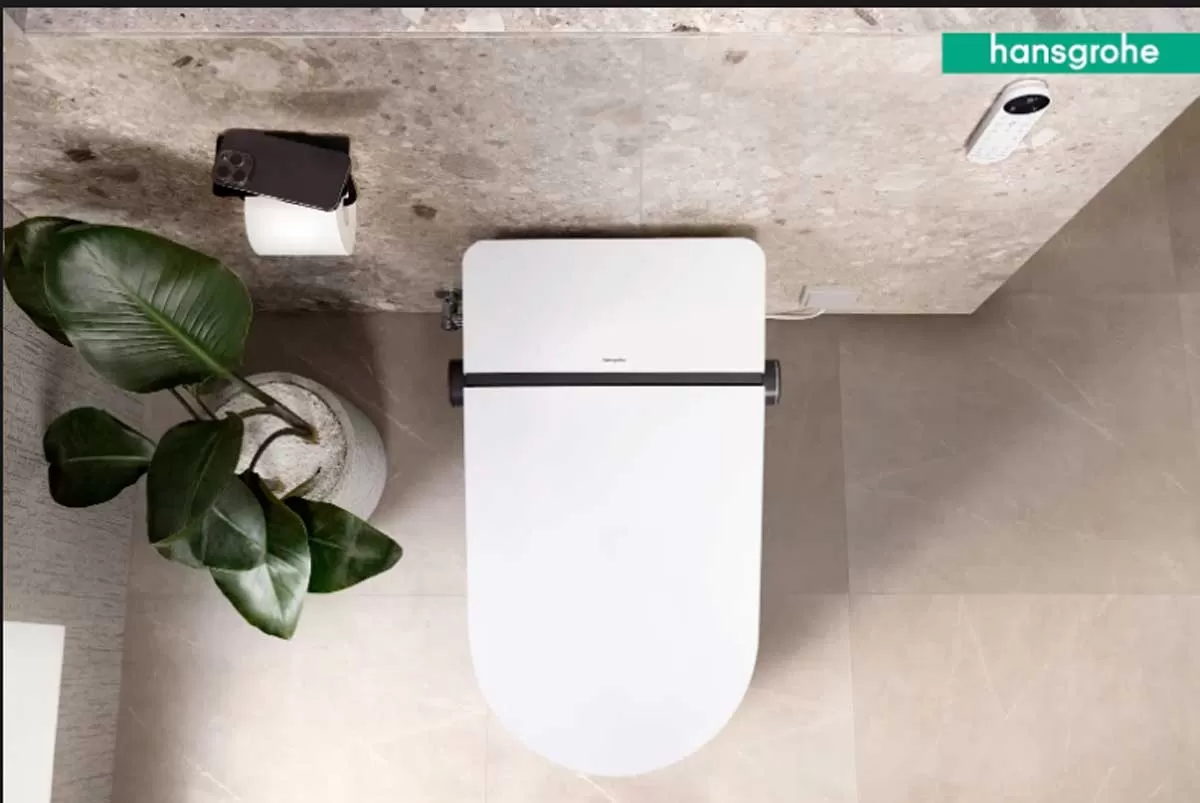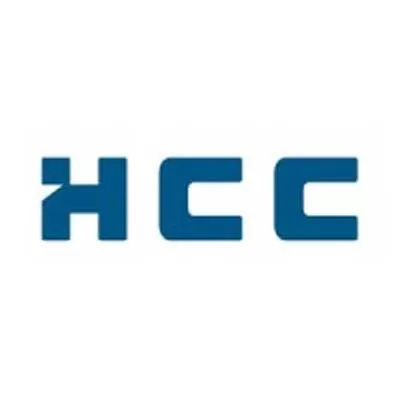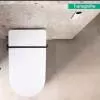Jaipur Metro makes transportation easier in a city with the lowest share of public transport.
Jaipur, the ´symphony in pink´, is a city where beauty, art, culture and heritage blend seamlessly. It is anticipated to be one of the 10 mega cities of the future in India.
Thus far, the city´s transport needs were met by a transport network system by the Rajasthan State Road Transport Corporation (RSRTC). With a population of 31 lakh in 2011 and an annual population growth of 4.6 per cent, it is one of the fastest growing 3-million-plus cities in the country. Surprisingly, though, Jaipur has about 14 lakh private vehicles and the lowest share (19 per cent) of public transport among the 3-million-plus cities.
The metro
In 2010, a comprehensive mobility plan was prepared by Wilbur Smith Associates, which along with other modes of transport recommended a metro on two major corridors having a PHPDT >10,000. In January 2010, Jaipur Metro Rail Corporation (JMRC) was created as an SPV to implement the Jaipur Metro Rail Project under the Companies Act 1956 as a wholly owned company of the state government. Work on Phase 1A project started in February 2011. The Delhi Metro Rail Corporation was assigned the work on a turnkey basis. On June 3, 2015, Jaipur Metro Phase 1B was inaugurated and opened for passenger carriage. In fact, Jaipur Metro is known to be the fastest implemented metro project in the country.
According to Ashwani Saxena, Director-Project, Jaipur Metro Rail Corporation Ltd, in addition to becoming an insignia of the city´s growth story, the metro causes no air pollution in the city, causes lesser noise pollution and occupies no road space, if underground, and just about 2 m width of the road if elevated. It carries the same amount as five lanes of bus traffic or 12 lanes of private motor cars, even if it is a light capacity system. More reliable, comfortable and safer than the road-based system, it reduces journey time up to 50-75 per cent.
The specs
The metro runs from Mansarovar to Chandpole. The total route length is 9.63 km; with 9.13 km elevated and 0.50 km underground. Of the nine metro stations, eight are elevated with two entry-exit structures at ground level, concourse at the first level and platform at the second. The ninth metro station, Chandpole, is underground; thereafter, the extension of Phase 1A to Badi Chaupar (Phase 1B) enters the walled heritage city. The Metro connects the railway station and Interstate Bus Terminal and metro feeder services are also being launched by JMRC.
The segmental construction process has been used to construct the viaduct and station areas. All stations have been constructed on a single pier at the median of the road with a 10-m cantilever on either side. Each station is typically 140 m in length and 20 m wide with two levels of construction (concourse and platform). The equipment used to build the metro includes launching girders, heavy-duty cranes and earthmovers. Huge cranes were used to put all the precast viaduct segments in place, requiring precision.
¨Efforts were made to minimise land acquisition so that the overall project met its deadline,¨ says Saxena. ¨The stations, in the middle of the road, have been raised on a single pier with a cantilever of 10 m on either side. This has allowed complete right of way for vehicles without affecting traffic movement. The overall architectural design has been done in compliance with provisions for senior citizens and the physically challenged. At the entry level, ramps and elevators have been provided for hassle-free access. At all stations, there are special guiding tiles for people with visual disability. Signage and announcement systems will enable ease of movement.¨ A rainwater harvesting system has been built into the design, whereby the entire length of the viaduct acts as catchment for the rainwater harvesting structures created under alternate spans to recharge the groundwater level. All stations are also equipped with elevators and escalators using the latest technology. The Jaipur Metro requires one-fifth energy per passenger km compared to the road-based system. As an effort to reduce energy consumption, the procured rolling stock uses a regenerative braking system that leads to 30 per cent energy saving. The revised DPR of Phase-II prepared in 2014 is under consideration of the Rajasthan Government and it is looking at implementing it on PPP mode. Discussions are underway with various potential foreign partners with the required skill and expertise in the area.
The investment
The project is fully funded by the state government and its agencies: Jaipur Development Authority, Rajasthan Housing Board and Rajasthan State Industrial Development & Investment Corporation Ltd. The Special Dedicated Metro Fund was created to fund the project. The establishment of an empowered committee under the chairmanship of the chief secretary, Rajasthan, to resolve issues was one of the steps that led to speedy implementation of the project.
The overall project cost to the government was about Rs 2,000 crore. With an innovative and participative land acquisition mechanism, the process has been smooth and expeditious, minimising cost overruns.
The challenges
¨The metro is a multidisciplinary project that involves modern technology and requires skilled engineers, large manpower and domain experts, heavy machinery, robust planning, coordination of different agencies, acquisition of land, safety of public, traffic management, rehabilitation of affected people and huge financial resources,¨ says Saxena. ¨To bring all these together, at the same time and place, was the real challenge. We met it successfully through teamwork, regular monitoring and close coordination.¨
He adds, ¨The planning of any metro requires it to pass through various parcels of land, private and government. Hence, land acquisition becomes a critical aspect. The Rajasthan Government and JMRC have been innovative while addressing the nature of such cases.¨
Success and safety measures
Since the day of the launch of the Jaipur Metro, ridership has soared; according to sources, it crossed 1 lakh on June 7 this year.
The responsibility of security of the metro has been entrusted to Rajasthan Police with 789 personnel sanctioned for security and policing. A standard gauge self-propelled rail-cum-road vehicle (RRV) and one four-wheeled tower wagon (SG self-propelled rail vehicle) have been made available.
What´s more, as a precautionary measure, JMRC has put in place a free accident insurance scheme for passengers, including visitors, through the New India Assurance Company. The promise is evident: ride in comfort, ride safe, ride secure.
Project details
.........................................................
Location: Jaipur, Rajasthan
Total length: 9.63 km
Completion date: Work on Phase 1A began in February 2011 and was opened for traffic on June 3, 2015.
Total Cost: Appx Rs.2000 crore
Phase 1A Contracting Agencies: DS Construction Ltd. Tel: 011-4078 0900. Fax: 011-4078 0915.
Website: www.dsclimited.com; ITD-ITD CemJV; ITD Cementation India Ltd.
Tel: 022-6693 1600. Fax: 022-6693 1627. E-mail: admin@itdcem.co.in Website: www.itdcem.co.in; Pratibha-Aparna JV; BL Kashyap & Sons Ltd. Tel: 011-4050 0300. Fax: 011-4050 0333. E-mail: info@blkashyap.com Website: www.blkashyap.com; KMV-PVR Consortiumrok
To share the construction details of a recently completed project,write in at feedback@ConstructionWorld.in


















